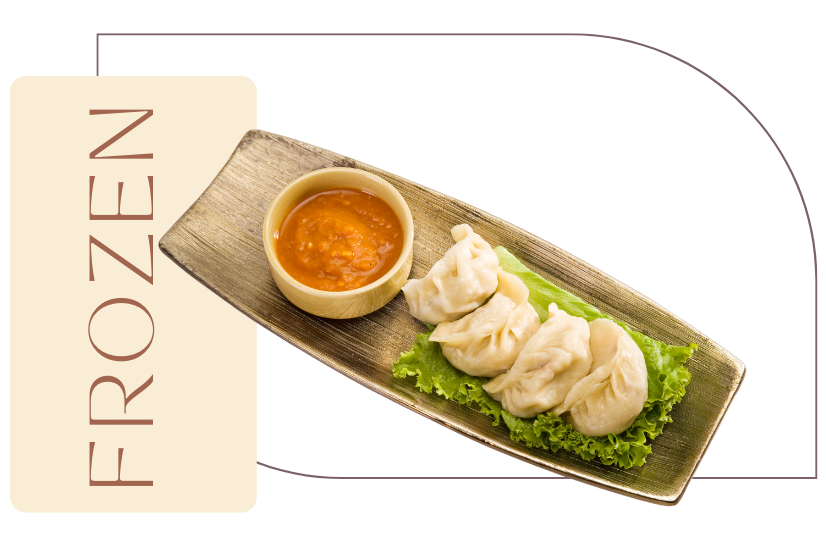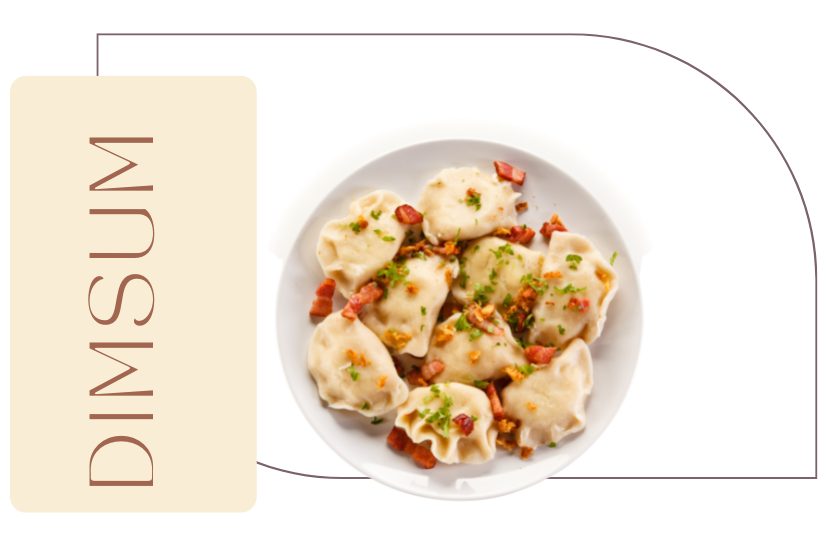Tangyuan is a Chinese dessert made from glutinous rice flour that is typically served during the Lantern Festival, which falls on the 15th day of the Chinese New Year. Tangyuan are small, round dumplings that are boiled and served in a sweet syrup or broth. They can be filled with various sweet or savory ingredients, […]
Modified tapioca starch can play several roles in the production of dimsum/dumplings. It can act as a binder, helping to hold the filling ingredients together and prevent them from falling apart during cooking. It can also improve the texture of the dough, making it soft, elastic, and easy to work with. Additionally, modified tapioca starch […]
Frozen and chilled refer to food products that are stored and sold in a refrigerated or frozen state. These products typically include ready-to-eat meals, frozen dinners, and frozen dumplings or dim sum. The chilled products are usually kept at a temperature of 0-5°C, while frozen products are kept at temperatures below -18°C. These products are […]
Dimsum is a Chinese cuisine that consists of small bite-sized portions of food, typically served in steamer baskets or on small plates. Dumplings are a type of dim sum that are small parcels of dough filled with meat, seafood, or vegetables. The use of pregelatinized tapioca starch in the production of dim sum (dumpling) can […]
Starch is an important component in many foods and industrial products as a thickener, stabilizer, and water retention agent. However, native starch has some limitations that make it unsuitable for certain applications. Starch modification can improve its functional properties for specific uses, including enhancing freeze-thaw stability in frozen foods. The most common methods for achieving […]
Freezing is a culinary magic trick that preserves the flavors and nutrients of our favorite foods. However, behind the icy facade, there’s a delicate balance that determines whether your frozen delight will emerge unscathed or succumb to quality loss. In this exploration, we delve into the main characters orchestrating this frozen symphony and unveil the […]
Freezing is a good way to preserve food, but it can cause damage that affects the quality of the thawed product. This damage can include freezer burn, discoloration, and mechanical damage. For frozen dough-based products, the loss of quality may not be noticed until after thawing and cooking due to decreased yeast viability and disruption […]
During the freezing process, water turns into ice crystals through a process called crystallization. This process has two main stages called nucleation and crystal growth, which determine the ice’s content, size, shape, and distribution. The main factor that drives nucleation is supercooling, and it usually requires a large force to create nuclei. Once nuclei form, […]
Food is made up of many parts, including water, protein, carbs, fats, vitamins, and minerals. These parts are affected in different ways when food is frozen, and this affects the quality of the food. Below, we’ll talk about how each part can be damaged during frozen storage. Water Migration When food is frozen, the water […]
Starch is an important ingredient in many foods and is used as a thickener, stabilizer, gelling agent, and more. But it has some limitations, like low resistance and tendency to change over time. To fix this, starch can be modified to improve its qualities for use in food. The most common way to improve its […]
- 1
- 2


